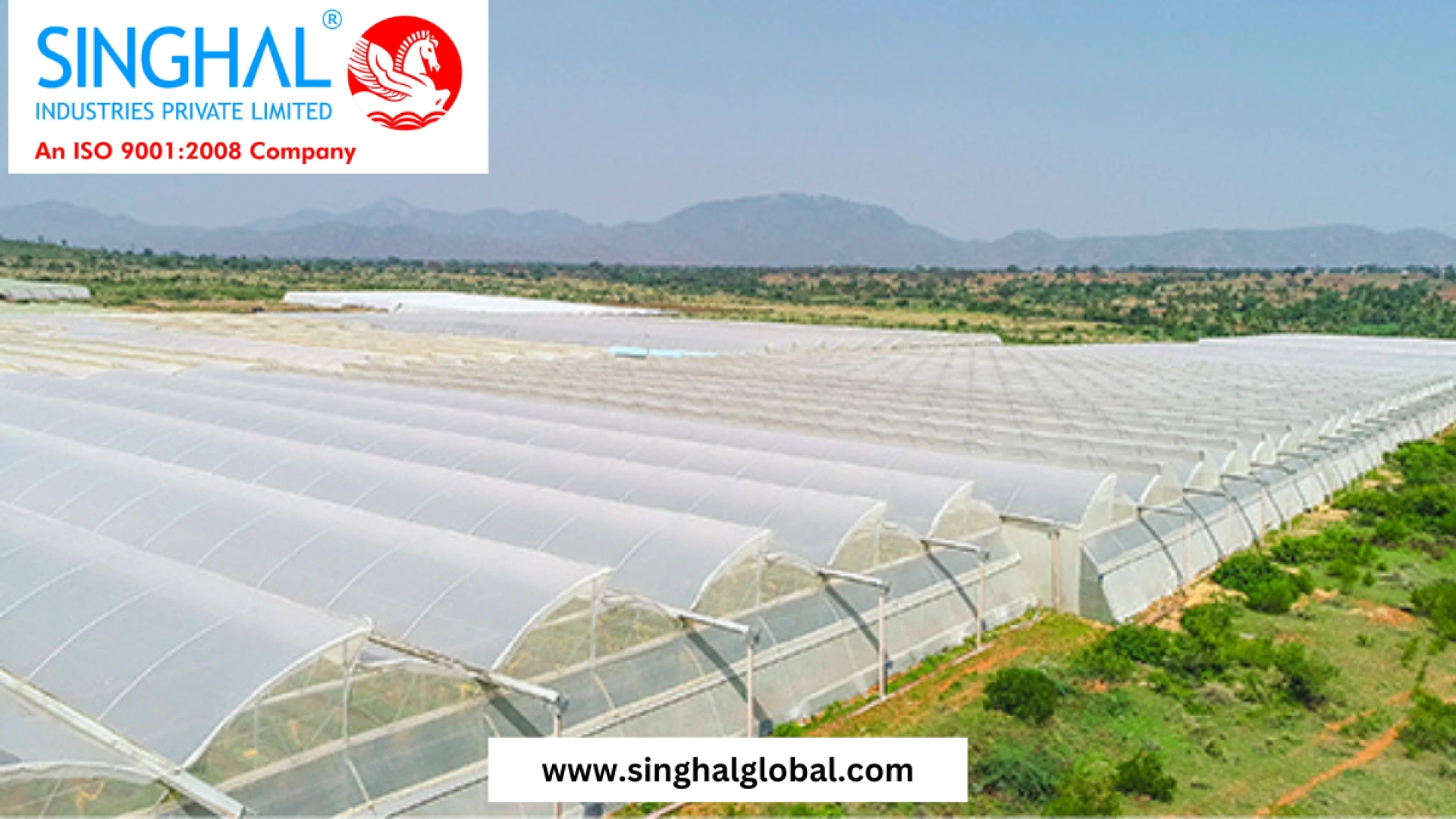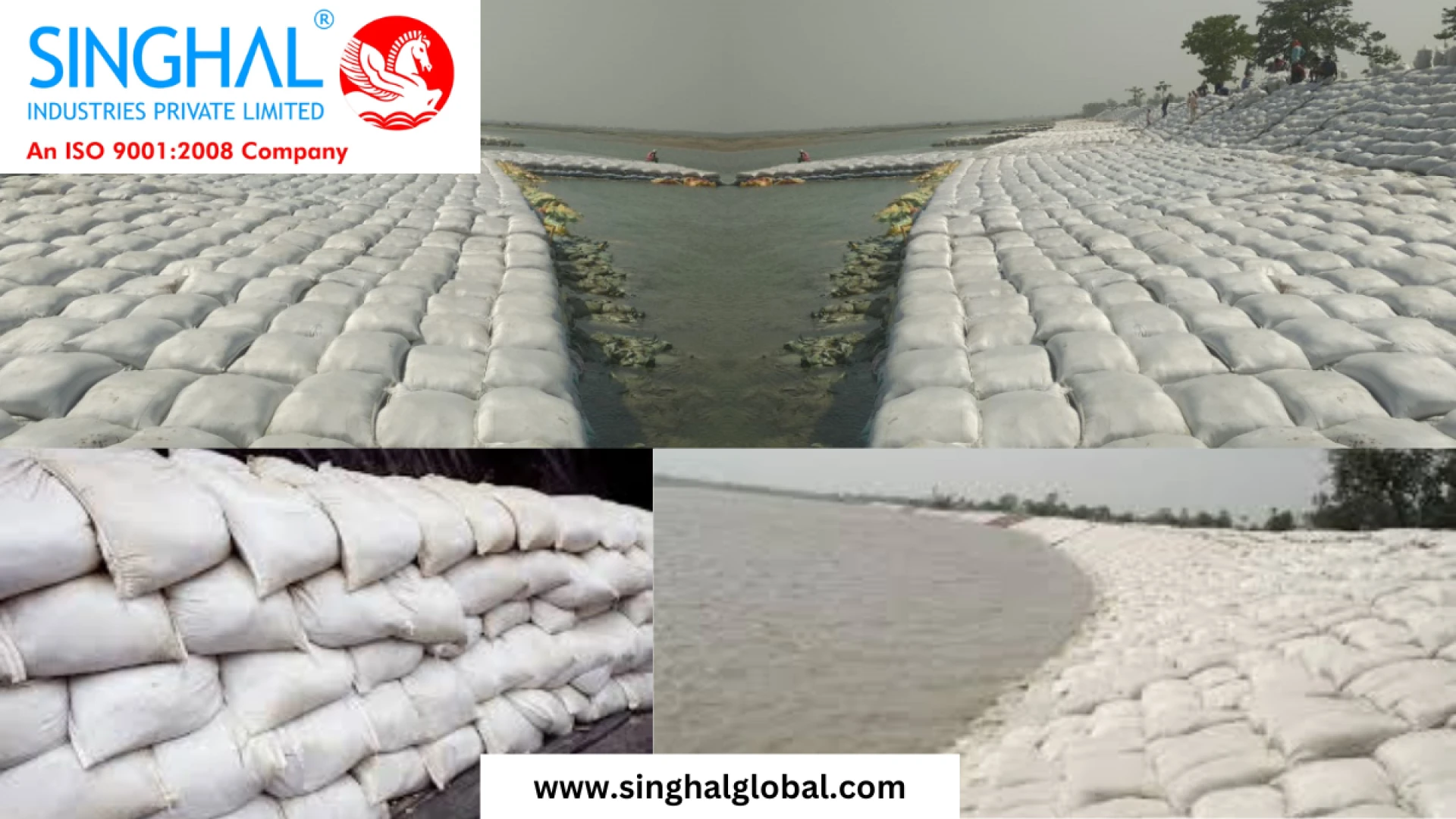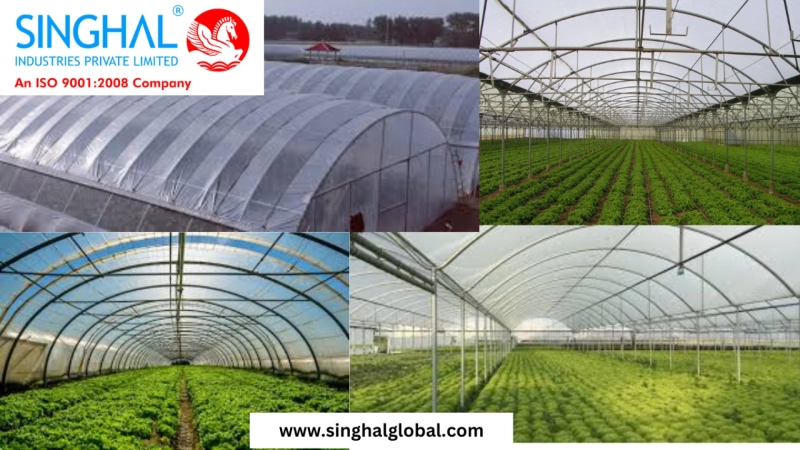In today’s world, efficient and sustainable farming practices are crucial for meeting the growing demands for food. Greenhouses have become an essential tool in this effort, offering a controlled environment for crops to thrive. One of the most important components of any greenhouse is the film used to cover it. Greenhouse films provide vital protection from the elements while maximizing light transmission, temperature control, and humidity regulation. As the agricultural industry continues to evolve, understanding the role of greenhouse films and selecting the right material is more important than ever.
What Are Greenhouse Films?
Greenhouse films are specially designed plastic coverings that protect crops from external weather conditions while creating a controlled environment inside. They are used to cover the entire structure of a greenhouse, ensuring plants receive adequate sunlight, warmth, and protection from pests. These films come in various types, including polyethylene, polycarbonate, and other plastic-based materials, each designed for different climate conditions and crop requirements.
The primary purpose of greenhouse films is to create a microclimate that enhances plant growth. They regulate temperature, protect against UV rays, and maintain optimal humidity levels, ensuring that plants can thrive year-round, regardless of outside weather conditions. Many greenhouse films are UV resistant and come with features like anti-condensation coatings or enhanced light diffusion, making them perfect for a wide range of crops.

Why Choose Greenhouse Films for Your Farm?
There are several reasons why greenhouse films are a popular choice for farmers and horticulturists. Below are the main benefits of using these films in your plastic film greenhouse:
1. Improved Light Transmission
One of the primary advantages of greenhouse films is their ability to transmit light. High-quality greenhouse films allow for maximum light penetration, which is crucial for photosynthesis. These films ensure that crops receive the right amount of light, promoting strong, healthy plants and improving overall crop yield. The ability to diffuse light evenly also helps prevent shading, which can be detrimental to plant growth.
2. Temperature Control
Greenhouse films help to regulate the internal temperature of the greenhouse, ensuring plants stay within their ideal growing conditions. During colder months, the films trap heat inside, reducing the need for artificial heating. In warmer months, the films can be engineered to reflect excess heat, maintaining a stable temperature for plants. This makes them a valuable tool for growing crops in regions with extreme weather conditions.
3. UV Protection
Many greenhouse films are specially treated to protect crops from harmful ultraviolet (UV) rays. Prolonged exposure to UV light can cause plant damage, slowing growth and reducing yield. Greenhouse films with UV protection help prevent this damage, allowing crops to grow more effectively and efficiently.
4. Durability and Cost-Effectiveness
Greenhouse films are generally more affordable and easier to install compared to traditional glass or polycarbonate greenhouses. They are designed to be durable and resistant to environmental stressors like wind, rain, and hail. With proper maintenance, high-quality greenhouse films can last for several years, offering long-term value and performance.
5. Increased Crop Yield
The controlled environment created by greenhouse films helps ensure optimal growing conditions, leading to increased crop yield. The ability to protect crops from pests, regulate humidity, and maintain the right temperature significantly enhances plant productivity, leading to higher-quality produce and more abundant harvests.
Choosing the Right Greenhouse Film Manufacturer
When selecting greenhouse films for your farm, it's essential to choose a reliable Greenhouse film manufacturer. Not all greenhouse films are created equal, and the quality of the film can significantly impact your crop's growth and yield. A reputable manufacturer will provide films with the right specifications, such as UV resistance, light diffusion, and durability, to suit your specific growing needs.
It’s essential to work with a manufacturer who understands your unique requirements and can offer a range of products tailored to your climate and crop type. Additionally, look for manufacturers who provide warranty options and customer support, ensuring that your investment in greenhouse films delivers the best possible results.
Benefits of a Plastic Film Greenhouse
A Plastic film greenhouse, often referred to as a poly greenhouse, is one of the most cost-effective ways to create a controlled growing environment. The plastic film allows for easy customization and adaptation to various climates and crop types. These greenhouses are lightweight, flexible, and easy to maintain, making them an excellent choice for both small and large-scale farming operations.
The versatility of plastic film greenhouses makes them ideal for growing a wide range of crops, from vegetables to flowers to herbs. The films' ability to control temperature, humidity, and light creates the perfect environment for year-round cultivation, helping farmers maximize crop production and profitability.
Summary
Greenhouse films play a crucial role in modern agriculture, offering numerous benefits for farmers and horticulturists. From improved light transmission and temperature control to UV protection and increased crop yields, these films create the ideal environment for plants to flourish. Choosing a reputable greenhouse film manufacturer is key to ensuring high-quality materials that meet your specific needs. With their durability, cost-effectiveness, and versatility, plastic film greenhouses are an excellent investment for those looking to enhance their farming practices and achieve better results year-round.
Whether you're growing vegetables, flowers, or other crops, greenhouse films are an essential tool for optimizing your crop production and protecting your investment.
FAQs About Greenhouse Films
1. What is the lifespan of greenhouse films?
The lifespan of greenhouse films depends on the quality of the material and the conditions in which they are used. Typically, greenhouse films can last anywhere from 3 to 7 years with proper care. Higher-quality films with UV protection and anti-aging coatings tend to last longer.
2. Can greenhouse films be recycled?
Yes, many greenhouse films are made from recyclable materials, making them an environmentally friendly choice. However, it’s essential to check with your local recycling facility to ensure that the specific type of plastic film can be processed.
3. How do I maintain my greenhouse films?
Maintaining greenhouse films involves regular cleaning to remove dirt, dust, and debris that can block sunlight. It’s also essential to check for any damage, such as tears or punctures, and repair them promptly to prevent further issues. Using non-abrasive cleaning solutions and avoiding harsh chemicals will help prolong the life of the films.


